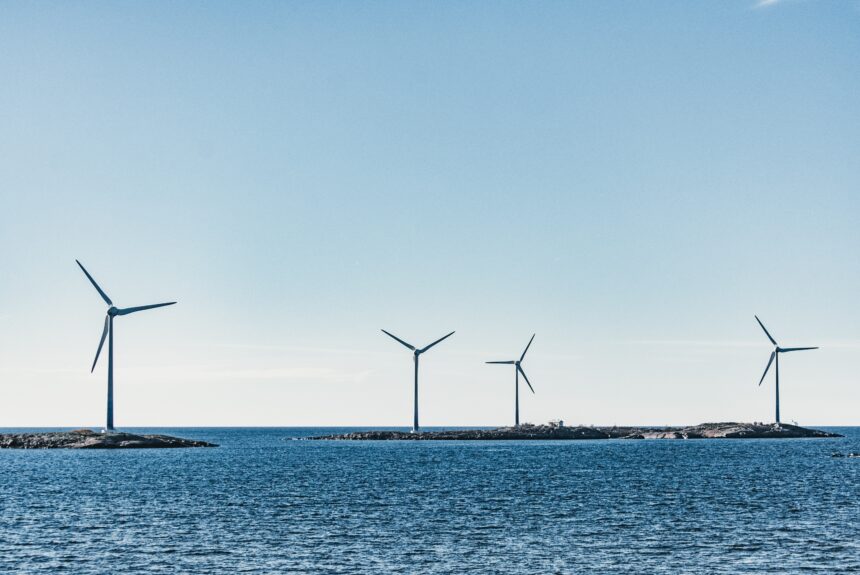Last month, the Inflation Reduction Act (IRA) passed the Senate narrowly along party lines. The bill was saved only because Senate Majority Leader Chuck Schumer promised U.S. Senator Joe Manchin (D-WV) comprehensive environmental permitting reform in exchange for Sen. Manchin’s support of the IRA. This move is long overdue. America’s extraordinarily inefficient permitting process is a barrier to addressing climate change and must be reformed to expand clean energy in the United States.
>>>READ: The Climate Cart Before the Permitting Horse
Though some view the modernization of permitting processes on U.S. energy projects as an environmental “attack,” current permitting regulations kneecap climate progress. The delays the current permitting process cause are staggering. Massachusetts offshore wind farm Vineyard Wind had to endure a three-year permitting process before its construction was finally approved in early 2021. Unnecessary and lengthy permitting schedules delayed 800 megawatts of clean electricity from coming online and replacing fossil fuels, enough to power about 131,200 homes.
Vineyard Winds was one of several offshore wind projects to face considerable delays in 2019 due to permitting issues. Between 2011 and 2018, New York approved just two out of 42 proposed utility-scale clean energy projects because of lengthy and prohibitive permitting processes. But permitting hasn’t just stood in the way of energy production – it has also held up energy transmission.
In 2021, the nonprofit Americans for a Clean Energy Grid identified 22 high-voltage transmission projects that were mostly or completely ready to begin construction. Yet, the organization predicted that fewer than half of those projects would actually be able to begin construction in the near future. The permitting hurdles in place for energy transmission make it virtually impossible for new projects to get off the ground. In fact, many of those 22 “shovel-ready” transmission projects had already been in development for a decade or longer.
Transmission lines are crucial to spreading clean energy. They carry renewable power, often generated far from where most Americans live, all over the country. Transmission is what makes clean energy accessible and puts clean energy to use. But permitting is impeding its development.
>>>READ: Green Energy Projects Frustrated by Red Tape
Permitting delays are universally obstructive for clean energy projects. A 2018 study by the Council on Environmental Quality found that the average duration of the permitting process under the National Environmental Policy Act (NEPA) is 4.5 years. On top of that, 25% of government reviews of environmental projects take more than six years to complete. Importantly, the permitting process is only becoming more inefficient, given that review times have doubled since the 1970s (when current permitting policies were first enacted).
Forty-two percent of American energy projects stalled by the permitting process are clean energy ventures, whereas just 15% are fossil fuel projects. Overburdensome regulations slow clean energy’s development disproportionately, upholding the U.S.’s fossil fuel reliance.
An inefficient regulatory environment is hindering the development of energy and infrastructure projects in the U.S. Unless addressed, America will struggle to reduce emissions and expand its share of clean energy. Senator Schumer would do well to honor his promise to Senator Manchin and enact lasting changes to make permitting more efficient in the United States.
Nadia Suben is the leader of the American Conservation Coalition’s New York City branch, as well as the founder of the organization’s Conservatives for Clean Cities initiative.
The views and opinions expressed are those of the author’s and do not necessarily reflect the official policy or position of C3.
